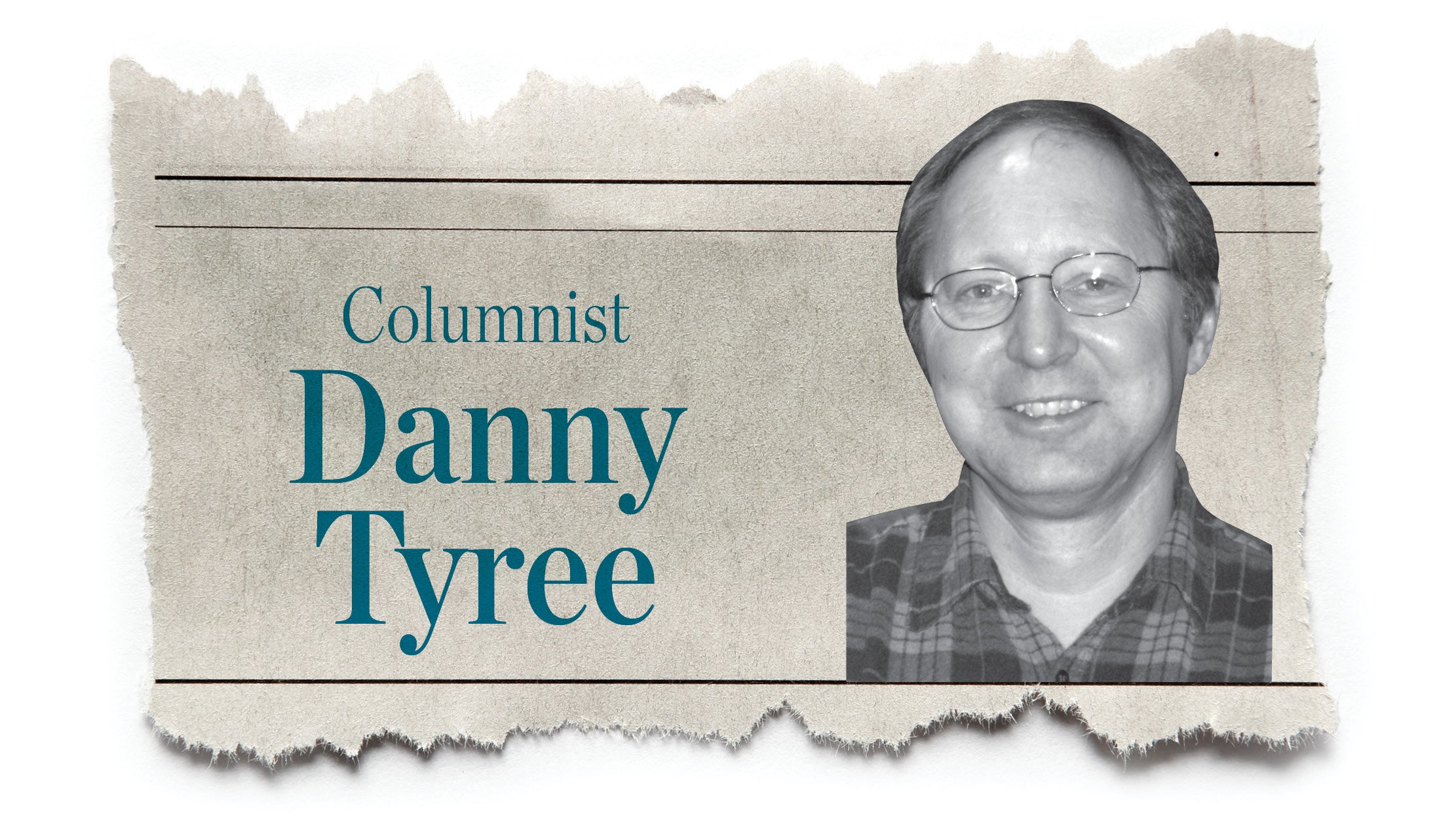How the Rome apple started in Lawrence County
Published 12:08 am Sunday, October 26, 2008
In 1816 in fertile soil near the Ohio River in what is now Rome Township, Lance Gillet, 14 years old, planted an apple seedling his father Joel had given him.
When the seedling was planted, that land was in Gallia County; but when it bore fruit about three years later, that tree was on Lawrence County land.
That was the first Rome Beauty apple; it came to fruition in Lawrence County, despite Gallia’s claims.
Horatio N. Gillet, three years older than his cousin Lance, took scions — limb cuttings from Lance’s tree grafted to good rootstock — planted them and gradually developed the first commercial Rome Beauty orchard. H.N. also named the apple Rome Beauty after the township name and the bright red, round firm apple.
In 1845 H.N. took the Rome Beauty apple to Columbus and introduced it to fruit growers from around the state. Soon it was growing to fruition in orchards from Adams County to Cuyahoga County.
Also in 1845, Gillet, Thomas Gardner, Jacob Proctor and Mr. Turley started the Rome and Union Farmers Club with the purpose of sharing useful information about growing cash crops in the river bottoms and on the hillsides. In a March, 1872 Register article, H.N. Gillet of Evergreen Farm wrote about John T. Eaton’s route to prosperity by farming:
“His land was of thin and rather unproductive quality. Timber, mostly oak, with a mixture of gum, sourwood and greenbriars, which denote the poorest quality of Ohio river bottom. But instead of running his grounds constantly under the plow until nearly or quite exhausted, as too many farmers do, he adopted the clover and grazing system, while his lands were fresh and productive. The inevitable result was that his fields were enriched more in two years under a green lay than poor run down land would be in ten years. And his herds of calves and colts were supplied with herbiage in like proportion. The droppings of the animals, both solid and liquid, were more economically applied than in any other way possible, to increase fertility and productiveness of the soil. This course gave heavy crops of wheat, corn, potatoes and hay. His big straw-ricks and fodder-shocks foddered his big herds of animals; and his lands grew constatly richer and more productive as they grew older, and that’s the way he did it. Well, I have no interest whatever in eulogizing Mr. Eaton, and I do not believe he will thank me for meddling with his business, but I do feel an interest in his successful course of farming, and I earnestly recommend it to others; especially to those who insist that stock raising won’t pay on our river bottoms, and to those who declare that farming won’t pay no how.”
With economic conditions as they are in October, 2008, we might all be better off if we learn how to grow potatoes, corn, lettuce, carrots, cabbage, onions and celery in our own gardens. Gardening takes the mind off other things and is good for the heart, too.




